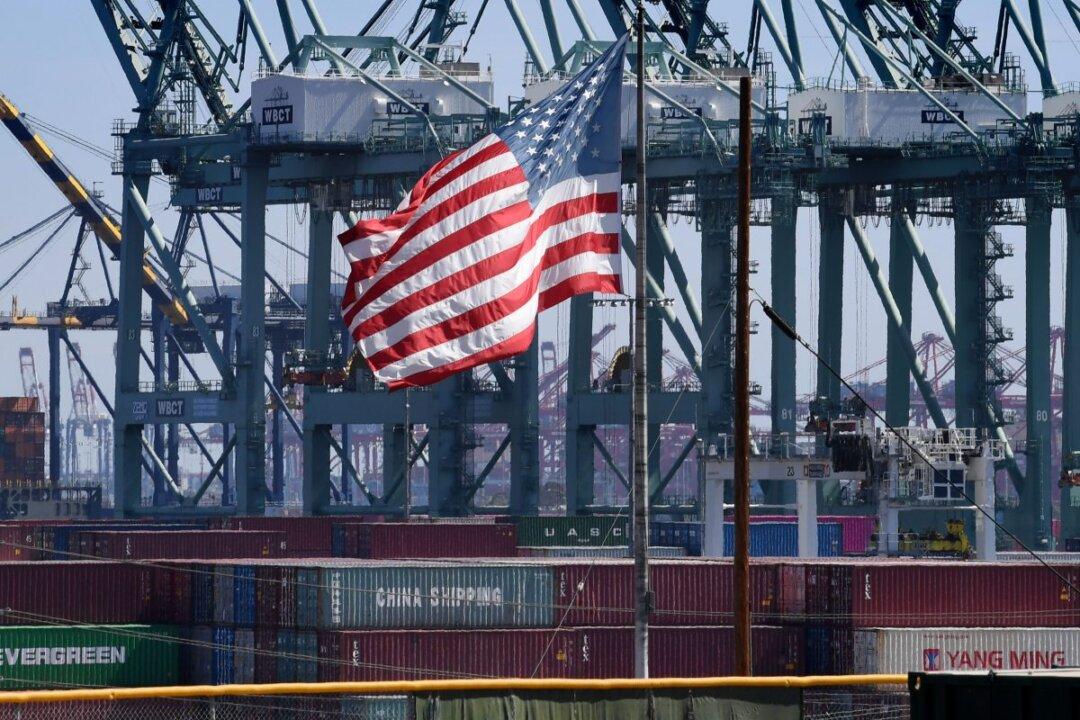U.S. trade performance is running on “strong internals,” an economic policy expert told The Epoch Times, adding that last week’s official U.S. trade figures show President Donald Trump’s policies are showing “impressive” signs of decoupling from China.
Decoupling is the realignment of trade links, including supply chains, and so reducing America’s reliance on Chinese imports, among other aims. It also makes the nation less vulnerable to economic contagion, such as that which may be inflicted on global economies from the outbreak of the coronavirus epidemic in China.





